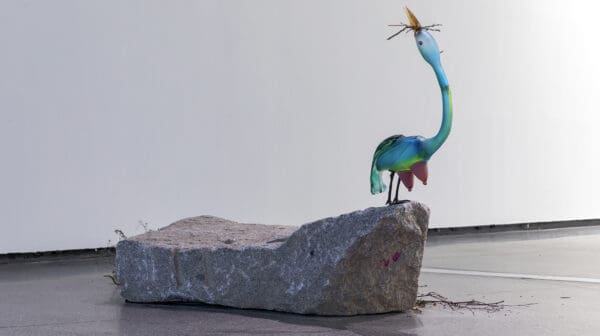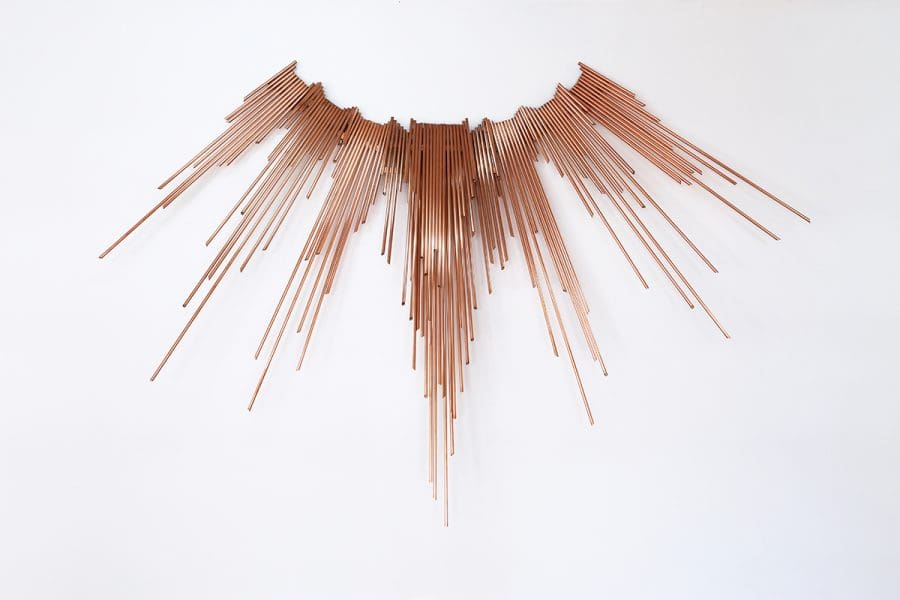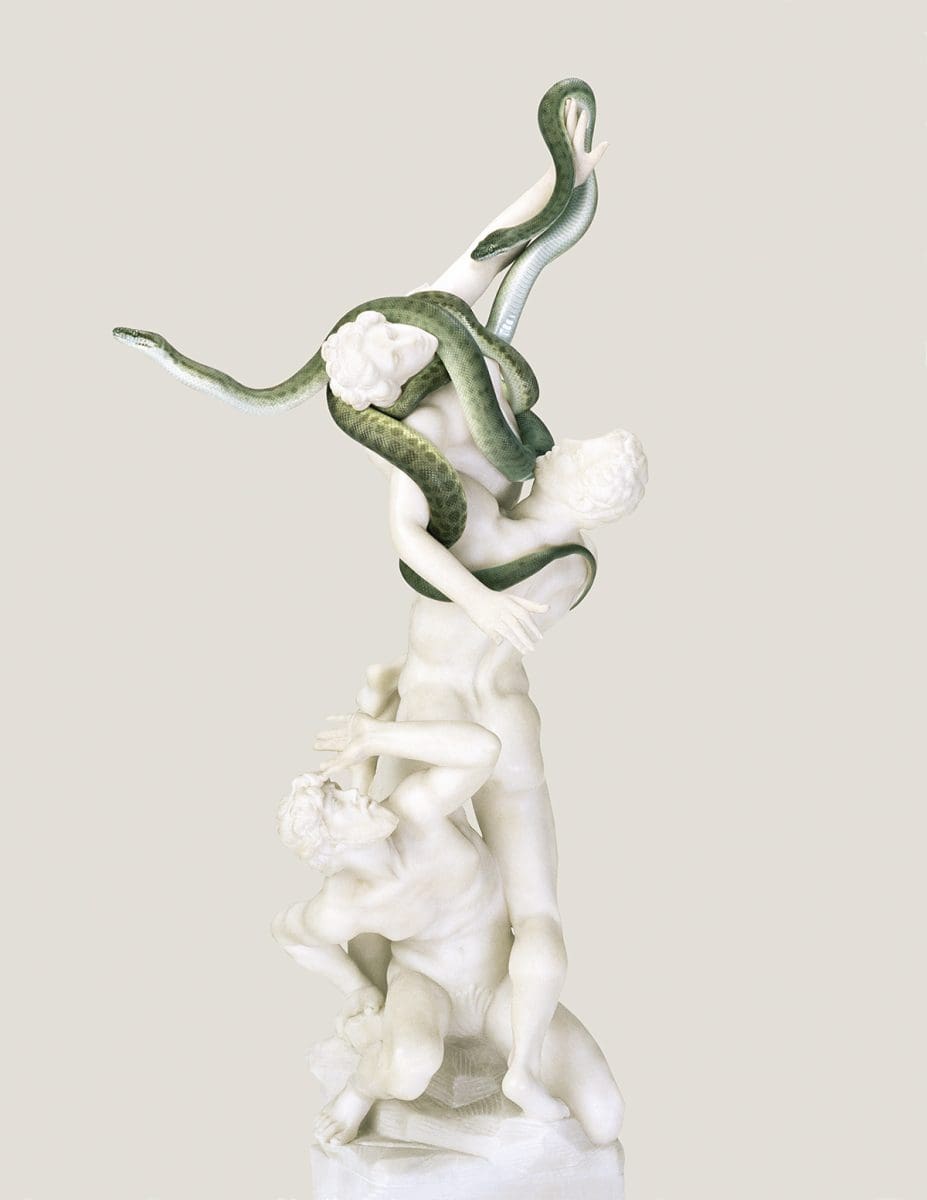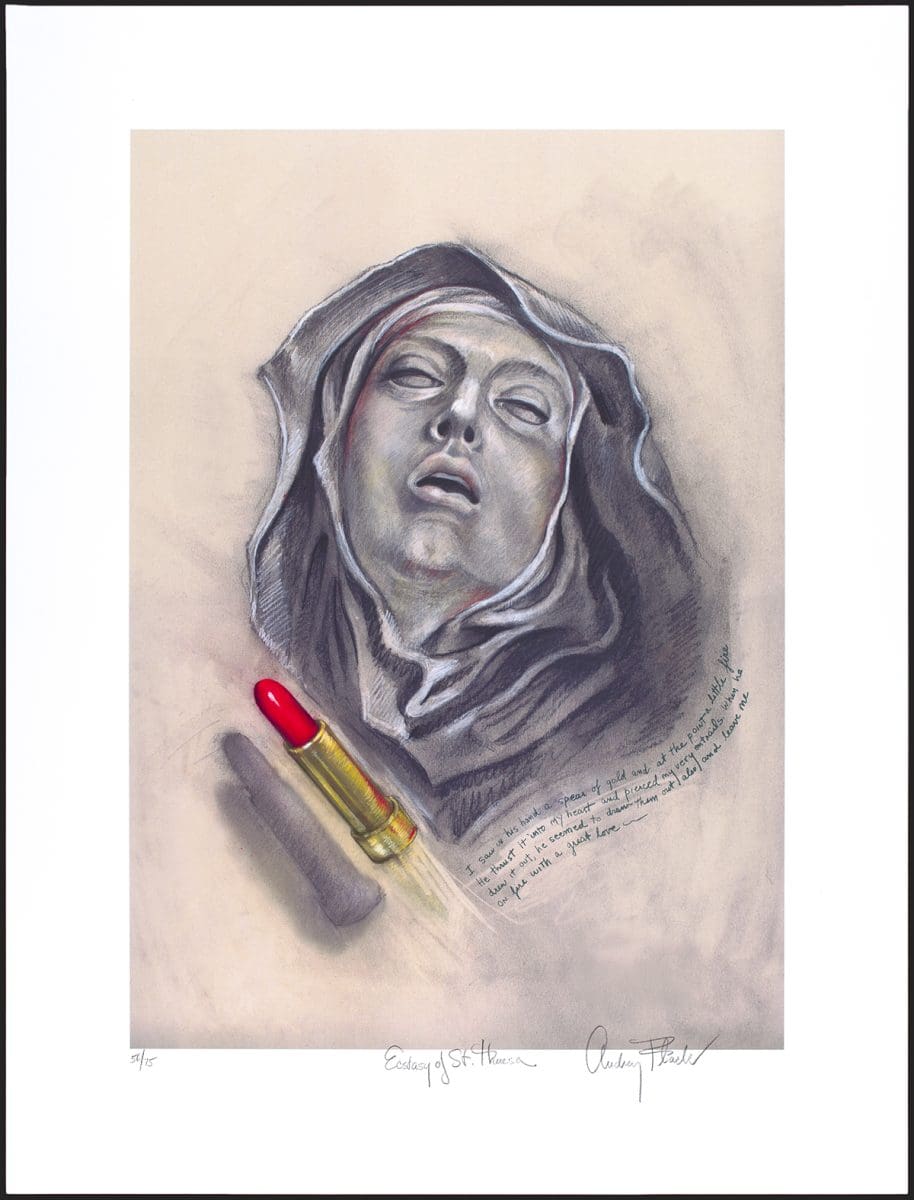
Laure Prouvost meets the real with the ludicrous
French-born/Belgium-based Laure Prouvost animates her first major Australian survey with her hallmark absurdism. ‘Oui Move In You’ is showing now at the Australian Centre for Contemporary Art.




Ecstasy, a heightened euphoric condition, has an ancient and honourable history, long before ravers hijacked the term. For curator and academic Andrea Bubenik, defining the term using visual art makes perfect sense, going beyond words – which may detract from the experience. “I think that’s where the visual arts play such an important role – music does too – in encapsulating and enabling ecstasy.”
This exhibition takes its starting point as Gian Lorenzo Bernini’s Ecstasy of Saint Teresa (1652), and its ability to convey the Baroque sensibility in art. “In the show I brought together older depictions of ecstasy with more recent works, and sought to bring religious ecstasy into dialogue with other ecstatic experiences such as the mythological. There are prints of ecstatic parties involving Bacchus – the Roman god of wine – flanked by contemporary Australian artists expressing themselves through dance.”
Their work is themed with contemporary Australians such as Chris Bennie and his dance video titled Mothership (2004), David Stephenson’s architectural images of European cathedrals, Bill Henson’s triptych from 1983-84 combining moody churches with a fallen youth, and Anastasia Booth’s copper sculpture titled Teresa (2016). Arched figure by Bourgeois, made in 1993, crystallizes a recent depiction of the ecstatic state, “a torso displayed on a single mattress with arms and head missing like a statue from antiquity. As Bubenik notes, instead, this precarious form highlights a naked and physical manifestation of emotional intensity”. This tightly curated exhibition traces a new and contemporary understanding of ecstasy, and develops a strenuous resonance with the now.
Ecstasy: Baroque and Beyond
The University of Queensland Art Museum
16 September – 20 February 2018